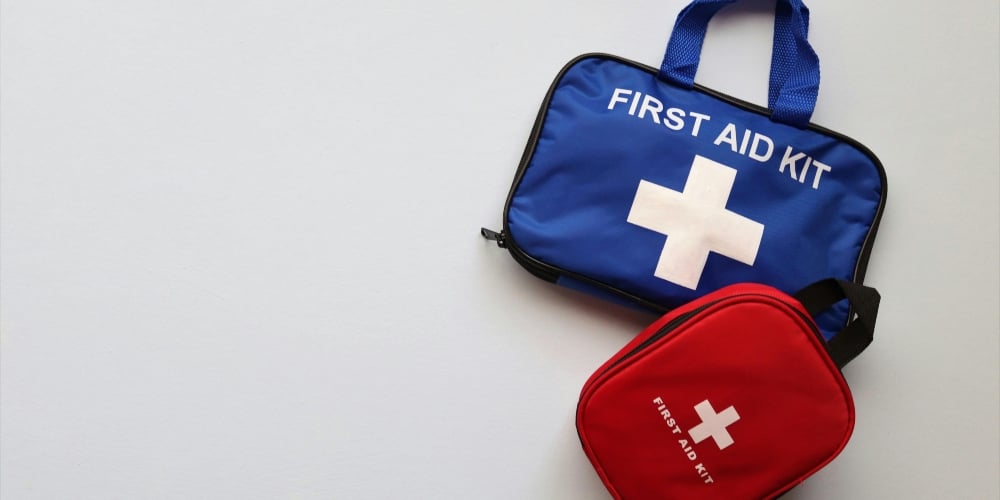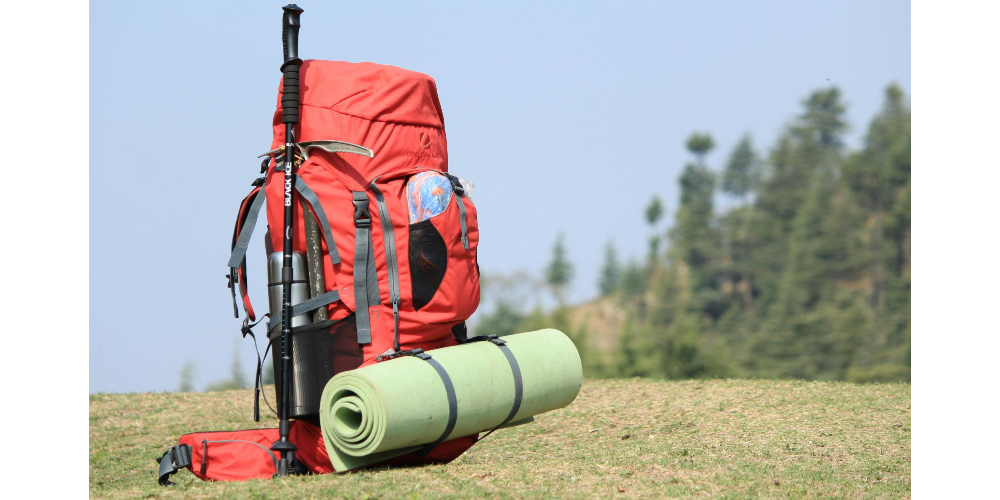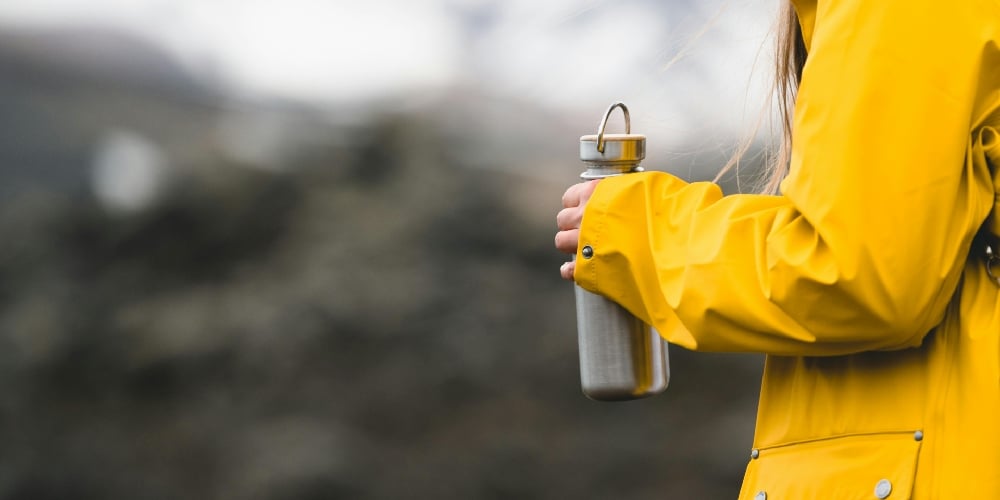When it comes to outdoor adventures, especially hiking in rugged terrain and Cape Town’s notorious rapid weather-changes, it is important to be prepared.
From the correct gear to the best apps to use, Shafeeqah Gordon, the founder of KAP AAN Tours and the secretary of Friends of Table Mountain, breaks down everything you need to make your next hike a safe and fun one.
“One of the most valuable safety precautions is to hike with someone who knows the route well, whether that’s a friend familiar with the terrain or, even better, a qualified mountain guide. A guide won’t just keep you on track; they’re trained to respond if something goes wrong, from injury to navigation challenges. Cape Town’s mountains are beautiful but unforgiving if you’re unprepared,” Gordon explained.
Making The Right Choices
According to Gordon, the most common safety issues hikers face involves getting lost, often due to low visibility or poor planning, injuries from falls on slippery or steep terrain, and dehydration or heat exhaustion during the hotter months. These problems can quickly turn a fun adventure into a dangerous situation.
She shares some of her expert advice when hitting the trails and what to do to avoid any incidents…
What Gear to Pack?
Gordon advises hikers carry these vital items when exploring our beautiful Cape trails:
Waterproof jacket
Cape weather can change quickly, especially in the mountains, and the last thing you want is to be stuck on a trail, cold and miserable. A high-quality, breathable waterproof jacket, ideally rated with Gore-Tex or similar materials, protects hikers from wind, cold, and sudden rain, reducing the risk of hypothermia. This type of outer layer is essential for staying safe, dry, and comfortable during any hike.
Steady Footwear
Trail shoes with a good grip are suitable for well-marked, dry routes. They are lighter and more flexible, making them ideal for day hikes where less ankle support is needed.
Hiking boots are better suited for rugged, uneven, or steep terrain. They provide ankle support and add stability, which is especially important when carrying a heavy backpack.
Breaking in your shoes or boots before a long hike is essential. This helps avoid blisters and discomfort on the trail, especially on multi-day treks. A sturdy sole with a reliable tread pattern helps prevent slips on loose or wet ground.
Space blanket
A space blanket is a compact sheet of reflective material that traps body heat and shields you from wind, rain, or cold. Its small size and weight make it easy to store in case of an emergency.
A headlamp or torch
If your hike takes longer than expected, having ample lighting is crucial. A headlamp or torch helps you navigate safely after dark, avoiding falls or wrong turns. Also, ensure you carry a few extra spare batteries.
Basic first aid kit
While a two-hour hike doesn’t seem like a big deal, accidents may happen, and you may need a first aid kit. A basic first aid kit enables you to treat minor injuries, such as cuts, blisters or sprains, and stabilise more serious issues while waiting for help to arrive. Your first aid should include plasters and blister pads, antiseptic wipes or ointment, painkillers like ibuprofen or paracetamol, bandages and medical tape, tweezers for splinters or ticks, rehydration salts, any personal medications, and a space blanket.

Backpack
A well-fitted backpack evenly distributes weight, helping to prevent back and shoulder strain. It ensures you can carry your gear comfortably over long distances without fatigue or injury, especially on those inclines. Features like padded shoulder straps, a ventilated back panel, and load-lifter or sternum straps improve comfort and stability, especially during long hikes or over rough terrain. Your bag capacity should match the length and nature of your hikes: daypacks typically range from 20 to 35 litres, weekend or overnight packs from 40 to 55 litres, and multi-day expedition packs from 60 to 75 litres. The materials used should be durable and water resistant.

The Essentials
Don’t forget to take:
· A personal ID or medical bracelet, if you have any medical conditions
· Powerbank to charge your device when your battery runs out
· A small rubbish bag. Do not litter.
· Sun protection, even on cloudy days: hat, sunglasses, sunscreen

Safety Apps and Contact Information
Before you hit the next trail, download these apps:
· AllTrails or Gaia GPS for route navigation
· Slingsby Maps (physical maps are excellent too)
· Safety Mountain Tracking app (Table Mountain Safety). This lets you log your hike, and emergency contacts can track your progress.
Contact Details:
Wilderness Search and Rescue (WSAR): 021 937 0300
Metro EMS: 10177


